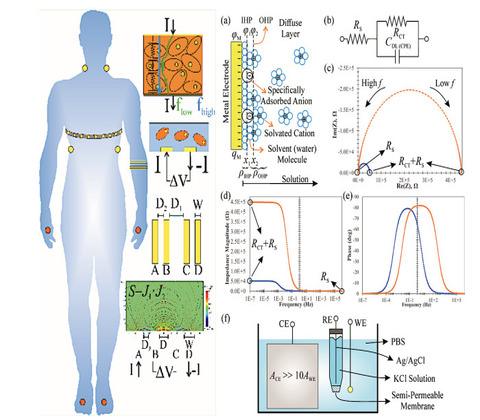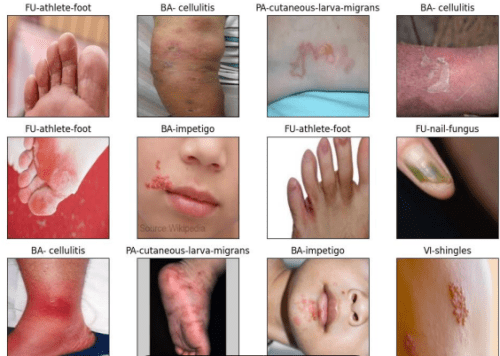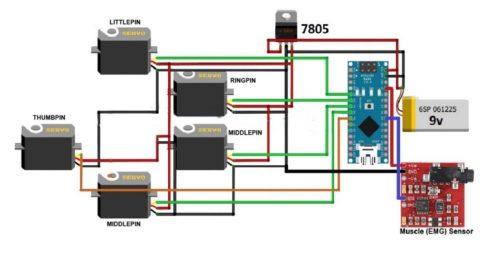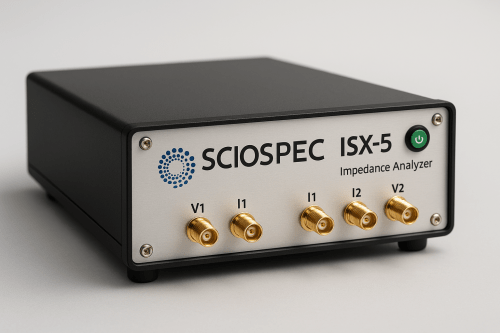Bio Medical & Circuit Simulation LAB
Biomedical Engineering
 Biomedical Engineering (BME) is an interdisciplinary field that merges principles from engineering, biology, medicine, and physical sciences to improve healthcare through the development of innovative medical technologies, devices, and systems. Biomedical engineering research is a dynamic field that is central to the development of innovative healthcare solutions. By merging engineering with biology and medicine, researchers in this field aim to enhance diagnosis, treatment, and overall patient care, ultimately transforming healthcare systems globally. With ongoing advancements in technology and a focus on addressing healthcare challenges, the future of biomedical engineering is poised to revolutionize medicine in exciting and impactful ways. The research activities in our lab involve versatile projects on the field of biomedical instrumentation, disease detection using machine learning algorithm, and signal processing.
Biomedical Engineering (BME) is an interdisciplinary field that merges principles from engineering, biology, medicine, and physical sciences to improve healthcare through the development of innovative medical technologies, devices, and systems. Biomedical engineering research is a dynamic field that is central to the development of innovative healthcare solutions. By merging engineering with biology and medicine, researchers in this field aim to enhance diagnosis, treatment, and overall patient care, ultimately transforming healthcare systems globally. With ongoing advancements in technology and a focus on addressing healthcare challenges, the future of biomedical engineering is poised to revolutionize medicine in exciting and impactful ways. The research activities in our lab involve versatile projects on the field of biomedical instrumentation, disease detection using machine learning algorithm, and signal processing. 1. WIRELESS HEART MONITORING SYSTEM USING ECG
Health monitoring solution designed to provide real-time data on cardiac activity, heartbeat, and blood oxygen levels (SpO2) using electrocardiogram (ECG) technology. This device leverages Bluetooth technology to enable wireless communication, ensuring ease of use and flexibility for users. The integration of Bluetooth allows seamless data transmission to a dedicated mobile application, which has been developed to display the monitored values in an intuitive and user-friendly interface. The system’s primary objective is to facilitate continuous monitoring of heart health, providing users with critical information that can be used for personal health management and early detection of potential cardiac issues. Author – Razia Sultana
2. COVID-19 COUGH AUDIO CLASSIFICATION USING MACHINE LEARNING AND NEURAL NETWORKS

The use of machine learning (ML) and neural networks for COVID-19 cough audio classification represents an innovative approach to rapid, non-invasive disease detection. This research explores how analyzing cough sounds, which may contain unique features related to respiratory conditions, can serve as a diagnostic tool for COVID-19. Given that symptoms of COVID-19 overlap with those of other respiratory illnesses, accurately classifying cough audio has the potential to offer a quick preliminary screening method for identifying infected individuals, especially in resource-limited settings.
Used ML algorithms to detect the Covid-19: 1. Gaussian Naive Bayes (GNB) 2. Support Vector Machine (SVM) 3. Random Forest (RF). Author – Tanvir Ayon, Aniva Anny
3. ADVANCE DEEP LEARNING FOR ACCURATE CLASSIFICATION OF RARE AND COMMON SKIN DISEASE
The research offers an advanced deep learning method for the identification of skin conditions by utilizing a carefully selected dataset with 1159 photos divided into eight target attributes: FU-nail-fungus, PA-cutaneous-larva-migrans, FU-athlete-foot, FU-ringworm, and BA-impetigo. The Kaggle dataset offers a well-rounded base for training and assessment, with a fair distribution of photos across different skin conditions. DenseNet121, InceptionV3, ResNet50, MobileNetV2 VGG16 and Xception are some of the modern deep learning algorithms used in the study to create a reliable and effective skin disease diagnosis model. Author – MD. Abul Hossain, Maharshi Chakma
4. EMG-Controlled Robotic Hand
The creation of a bionic hand represents a significant leap forward in the field of biomedical engineering, with the potential to dramatically improve the quality of life for amputees by restoring hand functionality, dexterity, and a sense of independence. This project meticulously details the entire process of designing, developing, and testing a highly functional, yet cost-effective, bionic hand prototype. Central to this effort is the integration of advanced sensory feedback mechanisms that aim to closely replicate the nuanced and complex movements of a natural human hand. Author – Md. Moshiul Islam, Md. Shakil Sarker, Rana Debnath, Mashrul Khan Chowdury
5. Effects of temperature on electrical impedance of biological tissues: ex-vivo measurements
Bioelectrical impedance techniques have been useful in various applications, including body composition analysis, impedance plethysmography, impedance cardiography, lung ventilation, perfusion, and tissue characterization. Electrical impedance methods have also been useful in characterizing different foods like meat, fruits, and beverages. However, the temperature of tissue samples can change their dielectric properties, affecting their impedance. This research investigated the effects of temperature on the impedance of various biological tissues over the frequency range of 10 Hz to 5 MHz. Freshly excised animal tissues (lamb, cow, chicken), fish, fruits, and plants were considered as biological samples. The samples were placed in a test cell and submerged in a water bath heated by a hot plate to vary the temperature. Impedance measurements were conducted using a bioimpedance spectrometer in 2 °C steps within the temperature range of 20 °C to 50 °C. Impedance values decreased with increased temperature across all measurement frequencies for all biological samples. Author – Safia Aktar Dipa.





